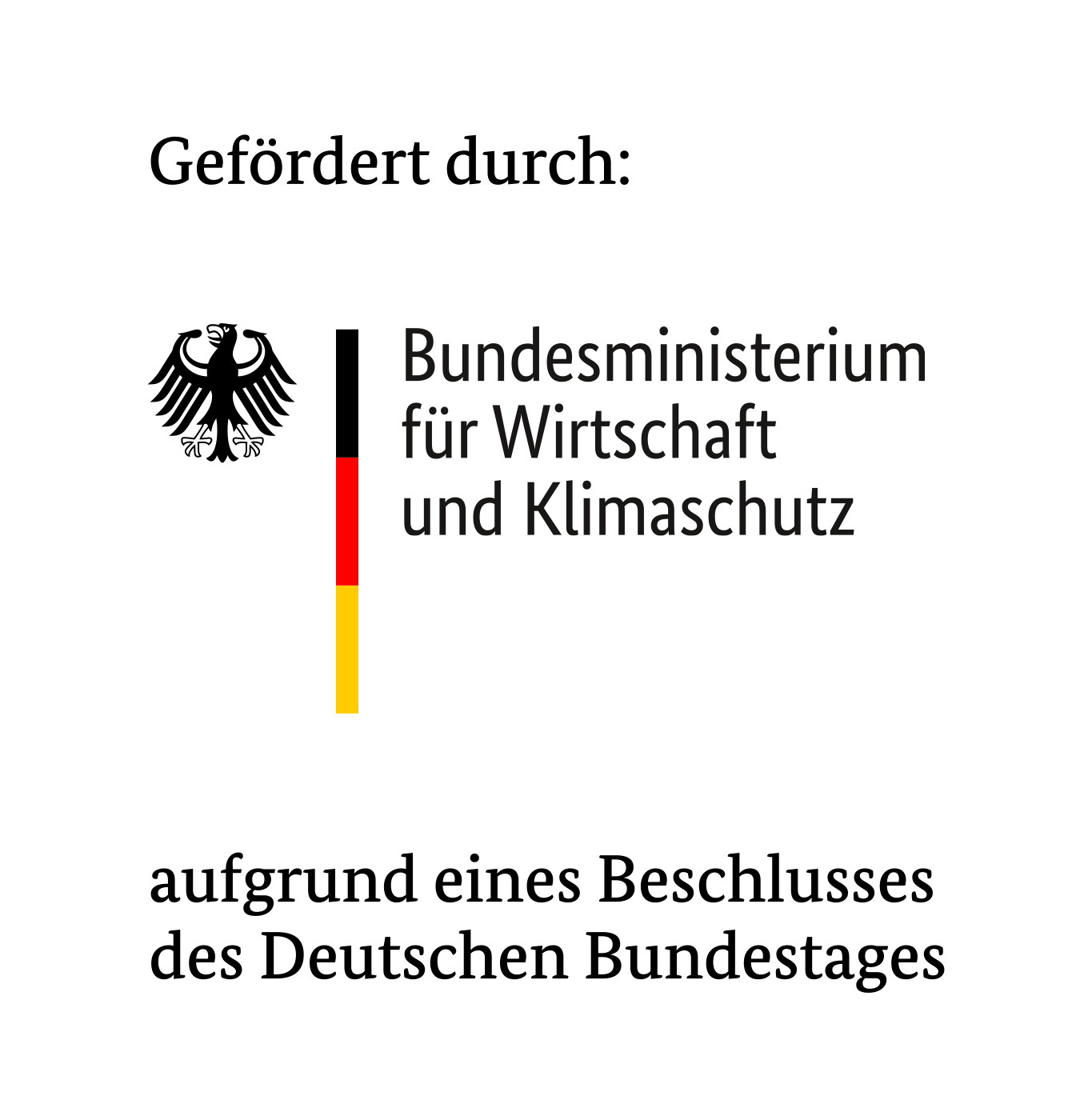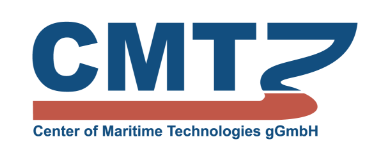
Funded by the German Federal Ministry for Economic Affairs and Climate Action (BMWK)
Funding program: Technologietransfer-Programm Leichtbau
Duration: 01.06.2021 – 31.05.2024
Funding: 4.530.000 €

A generally known lever for reducing CO2 and the energy required for mobility is the reduction of the moving mass. In cruise ships and rail vehicles, the body structure represents by far the largest single mass. A lightweight construction system that leads to a mass reduction of 20%, for example, has the greatest reduction effect when applied to the largest single mass in absolute terms. Structural lightweight design can thus be regarded as an efficient means of reducing the overall vehicle mass. This project will develop a lightweight construction system that can be used across all industries and simultaneously increase local material utilization and manufacturing efficiency.
Both industries – rail vehicles and cruise ships – are faced with an environment in which lightweight construction for CO2 reduction is unavoidable, but for which it is not possible to achieve higher prices on the market. For this reason, it is necessary to develop a lightweight design system that ensures that, on the one hand, lightweight design measures are implemented in the design and, on the other hand, that manufacturing costs are reduced at the same time.
Reduced manufacturing costs through automation are the key to ensuring that the production of these body-in-white structures is possible in Germany in the medium and long term. To achieve this, the following elements and their interactions in the lightweight design system will be addressed:
a. Design of a construction method that
increases local material utilization and thus leads to significant mass reduction,
supports sufficient flexibility to be applied to different assemblies,
allows for the integration of equipment as required, and
Provides a solution that can be manufactured in an automated manner;
b. Development of an automation solution that matches a) and that
manufactures the body-in-white assembly through machine-assisted feeding, positioning, joining and inspection,
supports sufficient flexibility in the environment of small batch sizes to fully utilize the plant by means of different variants,
reduces labor costs, and lowers and keeps overall costs in check;
c. Digital linking of design and automation solution to keep the limits of flexibility of the automation solution in mind in the design and to transfer design data to the automation.
| Organisation | Stadt |
|---|---|
| Helmholtz-Zentrum hereon | Geesthacht |
| Meyer Werft GmbH & Co. KG | Papenburg |
| Siemens Mobility GmbH | Krefeld |
| Technische Universität Hamburg, Institut für Konstruktion und Festigkeit von Schiffen | Hamburg |

Funded by the German Federal Ministry for Economic Affairs and Climate Action (BMWK)
